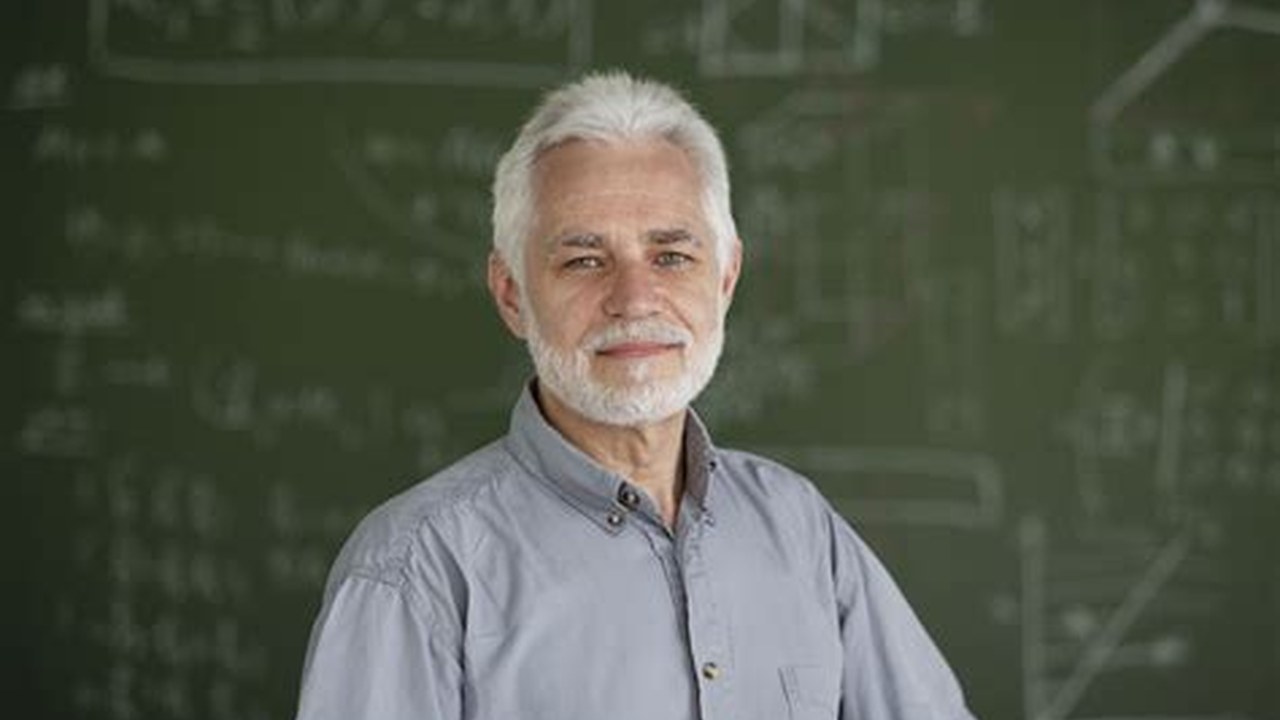DIPC Community Seminar: Temporal Aspects of Electron Scattering: Superluminality, Negative Transit Time, and Attosecond Chronoscopy
DIPC Seminars
- Speaker
-
Eugene Krasovskii
University of the Basque Country, Donostia International Physics Center, and IKERBASQUE - When
-
2024/04/25
12:00 - Place
- Donostia International Physics Center (Hybrid Seminar)
- Host
- Marek Grzelczak, Host: Roman Kuzian
- Add to calendar
-
iCal

The energy-angular distribution of photoelectrons is the main source of experimental information about the electronic structure of the solids. Recently, also temporal parameters have become amenable to experimental investigation -- namely, the time the electron needs to leave the crystal, which is the subject of time-resolved attosecond spectroscopy [1]. The talk considers theoretical approaches to the interpretation of the chronoscopic information obtained with the attosecond laser streaking technique. In particular, a straightforward application of the time-dependent Schrödinger equation is compared to a stationary-state method based on the so-called Wigner time delay formalism [2]. Its ab initio realization and application to photoemission from Mg(0001) and electron transmission through graphene will be presented. The effect of the interaction of the outgoing photoelectron with the crystal lattice at short travel times will be discussed, in particular, a curious observation that in the presence of the exciting field the photoelectron wave packet may move faster than with the group velocity [3]. Another counterintuitive phenomenon is a manifestation of the Hartman effect [4] in electron transmission through graphene: in the forbidden gap the electron wave packet moves faster than in the conducting band, and even acquires unlimited velocities. Furthermore, the in-plane scattering causes resonances at which the transit time through a monolayer may be negative, i.e., classically thinking, the electron inside the scatterer ostensibly "moves backward in time".
References:
[1] R. Pazourek, S. Nagele, and J. Burgdörfer, Attosecond chronoscopy of photoemission, Rev. Mod. Phys. 87, 765– 802 (2015).
[2] R. O. Kuzian and E. E. Krasovskii, One-step theory of photoelectron escape time: Attosecond spectroscopy of Mg(0001), Phys. Rev. B 102, 115116 (2020).
[3] E. E. Krasovskii, C. Friedrich, W. Schattke, and P. M. Echenique, Rapid propagation of a Bloch wave packet excited by a femtosecond ultraviolet pulse, Phys. Rev. B 94, 195434 (2016).
[4] T. E. Hartman, Tunneling of a Wave Packet, J. Appl. Phys. 33, 3427 (1962).
Links:
Zoom: https://dipc-org.zoom.us/j/91432724321
YouTube: https://youtube.com/live/_tSO8Wkg4j0
